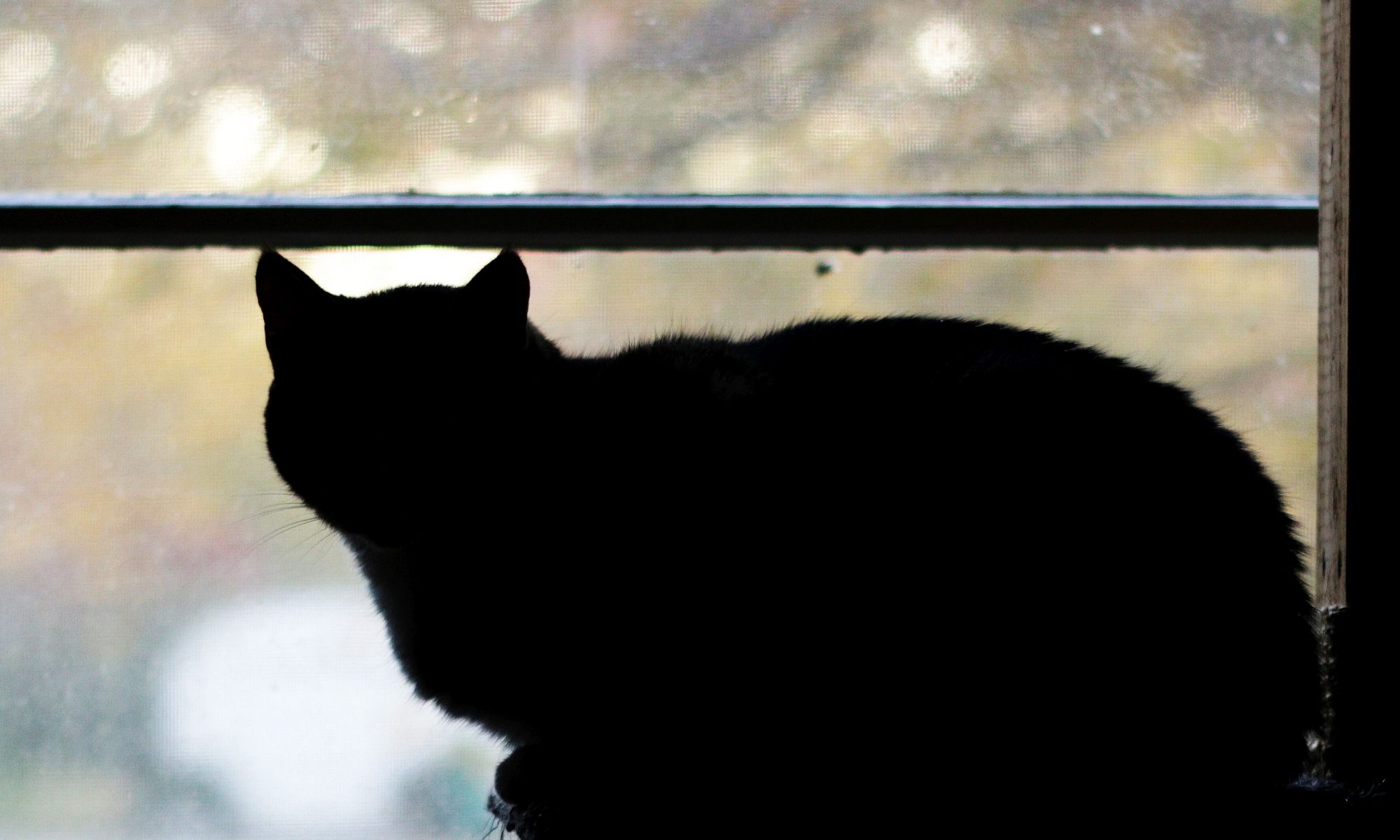Smartphone cameras and DSLR/mirrorless cameras are nothing more than tools to capture an image. With the dedicated camera being so much more expensive than a smartphone, you’d think the phone would do a worse job, but phones seem to actually focus and expose better than a DSLR under the same circumstances. Why is that? There are several factors involved.
Focusing on a subject is the first thing that comes to mind because it’s one of those things that easily ruins your photos if it’s off by even a little bit. Why is focusing so much better on a smartphone camera? A smartphone has a much larger depth of field comparable to a strongly stopped down DSLR, which means that the phone’s focus is much more forgiving. Phones also have wide angle lenses while DSLR lenses can be all sorts of different focal lengths; a wider angle lens has more acceptable focus depth and reduces the expected detail visible for anything that’s not close to the phone. Phones are designed to try to focus on faces and objects that are larger in the frame while a DSLR often has a lot of different focus modes and options. If you set a DSLR to a focus mode combination that’s similar to the tuning of a smartphone, the focus will work more like a smartphone.
Image exposure issues (too bright or too dark) are another situation where a phone seems to do a better job, but whether this is true or not is entirely dependent on the DSLR exposure metering setting. Most non-phone cameras come with a general “evaluative” metering set by default which tries to expose properly for everything in the frame. This can be changed to other methods such as spot metering which exposes based on a very small spot in the center of the frame. Many dedicated cameras can do face tracking exposure, object following exposure, and sometimes zone exposure which exposes for a portion of the frame that you select in advance. Phones generally favor faces and larger objects because phones are most often used to photograph people and close objects, so they will tend to make better exposure choices by default (such as not darkening due to a bright open window behind the subject) for such objects than a DSLR in the default evaluative metering mode. DSLRs are used for every kind of photography imaginable from macro to long zoom and from landscapes to portraits to product shots, so they require additional configuration to optimize for whatever unique shooting conditions are being faced. Cameras aren’t psychic. Set the DSLR to a similar mode such as face tracking metering and it’ll behave in a similar manner to a smartphone that does the same.
DSLRs and mirrorless cameras are much more capable tools than a smartphone camera, but you need to understand how to configure and use them for each unique shooting situation to get good results.

